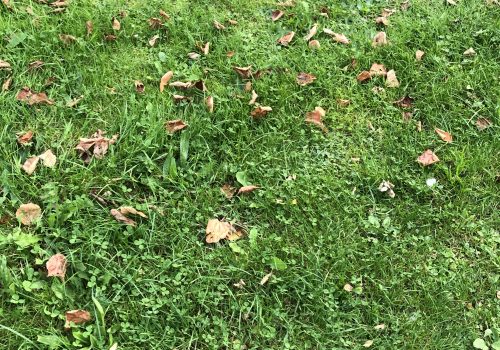
Weeds can be a gardener’s worst enemy, showing up uninvited and undermining all the hard work put into maintaining a beautiful and thriving lawn. Dealing with weeds is necessary to prevent them from getting out of control and ruining the appearance and health of your lawn. In this article, I will share my expert tips, hints, and advice on how to tackle weeds head-on and effectively manage your lawn care.
It’s crucial to know when to start addressing your weed problem, the most effective ways to remove existing weeds, and how to select the right weed killer for your situation. Additionally, preventative measures are vital for keeping those pesky weeds at bay and maintaining a healthy, weed-free lawn. Follow the guidance provided in this article, How to Control Weeds in Your Lawn, for successful results.
Key Takeaways
- Timing is crucial for effective weed management
- Utilise proper techniques to remove and control weeds
- Prevention is key for maintaining a healthy, weed-free lawn
When Should You Start
As a rule of thumb, the ideal time to treat lawn weeds is when they’re actively growing. This typically occurs between April and late September or early October, depending on the weather. Although it might be tempting to jump straight into weed control in early spring, I recommend waiting until I see strong and consistent growth, which usually happens around May. Starting too early might lead to less effective results due to cold weather impacting weed growth.
A well-timed approach to dealing with weeds is during late August and September. By then, the weed seeds from spring have germinated, making them easier to remove than in spring. Moreover, tending to the lawn during this period ensures a weed-free yard until the next April. This is a suitable strategy if I plan to deal with weeds once a year, and the weather stays warm.
To maintain a weed-free lawn, I may also consider additional lawn care measures, such as:
- Regularly aerating to promote healthy root growth
- Raking to remove dead leaves and debris
- Adjusting the mowing height to suit specific grass types
- Diligently removing perennial weeds before they spread
- Keeping an eye out for seedlings and removing them promptly
By following these steps and timing my efforts appropriately, I can effectively manage and minimise lawn weeds.
How To Remove Weeds

As you probably already know there are two ways to deal with weeds, non-chemical (manual removal) and chemical (weed killers). To decide what method to use you need to assess how bad the problem actually is, if there’s only a couple of weeds growing here and there, then manual removal will be fine, but if they’re scattered all over the lawn, then you’ll need to use a weed killer.
Non-Chemical
I have found that there are several non-chemical methods to help me get rid of weeds in my lawn. These methods include:
- Hand-pulling or using a hand fork: Hand weeding works best on lighter soils and should only be done when it won’t disturb the roots of nearby plants. It’s important to be thorough when doing this, especially with persistent weeds like bindweed or couch grass, as any leftover root sections can regrow into new plants.
- Creating a homemade organic weed killer: This approach is both cost-effective and environmentally friendly. There are numerous recipes available, and I’ve discovered that using just three simple ingredients can yield an effective weed killer.
- Weed knife: This tool has a hooked end, making it especially useful for weeding between paving slabs and along path edges. There are other hooked, narrow-bladed, or spiral-type tools as well, which are designed for specific weeding jobs, such as removing dandelions from a lawn.
Best Selling Weed Remover
Last update on 2024-04-09 / Affiliate links / Images from Amazon Product Advertising API
Chemical
When using chemical weed killers, it’s essential to purchase one that is compatible with my lawn. I always make sure to read the label carefully before using any product. Weed killers come in different forms, such as sprays or granules. While sprays may be more convenient, granules provide a more accurate application.
When using weed killers, I make sure to follow the instructions to ensure safety and effectiveness. For smaller areas of weeds, being precise with the application is crucial, as overuse can lead to killing the surrounding grass.
One helpful tip I’ve learned is to mow the lawn at least three days before applying the weed killer. I then wait another three days after the treatment before mowing again. This gives the chemicals ample opportunity to cover a large area of grass and travel down the plant towards the roots, ensuring a successful weed removal.
Following these methods, I have successfully managed weed control in my lawn while maintaining a healthy garden ecosystem.
Best Selling Lawn Weed Killers
| # | Preview | Product | Price | |
|---|---|---|---|---|
| 1 |

|
Weedol Lawn Weedkiller Spray, 800 ml |
£6.99
£3.97 |
Check Price on Amazon |
| 2 |

|
Weedol 1 litre Lawn Weed Killer Concentrate Liquid | £21.79 £19.40 | Check Price on Amazon |
| 3 |

|
Weedol Lawn Weedkiller Easy Mix Liquid Concentrate 1L | £21.49 £19.75 | Check Price on Amazon |
Last update on 2024-04-09 / Affiliate links / Images from Amazon Product Advertising API
To get the best results try mowing at least 3 days before you plan to apply the weed killer and then wait for another 3 days to cut afterwards. This gives the chemicals enough time to cover a good area of grass and to travel down the plant towards the roots ensuring an effective kill of the weeds.
Selecting A Weed Killer
I’ve learnt that it’s essential to identify the weeds in my garden before choosing a weed killer. Various herbicides, such as Weedol, Resolva, and Vitax LawnClear 2 are designed to treat specific types of weeds. Lawn herbicides like fluroxypyr and dicamba are effective on broadleaf weeds. Meanwhile, mosskiller is best for tackling moss. Consulting the RHS website helped me understand which weed killers work best for the weeds I encounter. Choosing the right weed killer ensures optimal results in controlling weeds.
How To Prevent Weeds In Your Lawn
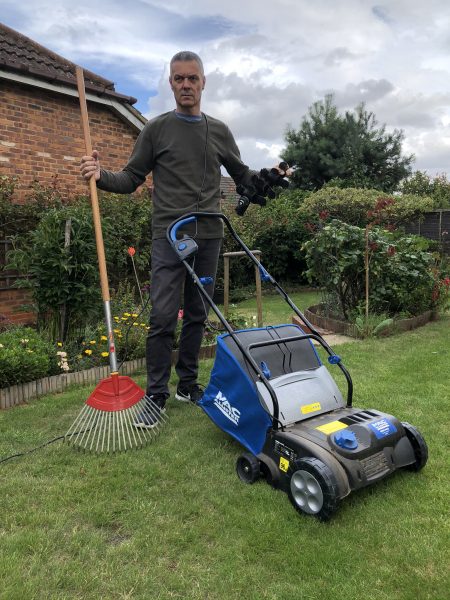
Maintaining a regular and proper lawn care routine is key to preventing weeds. By keeping grass strong and healthy, there will be limited space for seeds and weeds to grow. Here are some essential lawn care tasks that contribute to preventing weed growth:
- Mowing: Be careful not to mow your lawn too low, as it may weaken the grass and lead to bare patches – which can then be covered with weeds. Mow a little and often, which helps to encourage better grass growth. Remember – never cut more than 1/3 of the height of the grass blade. During the summer, it is recommended to mow once per week, adjusting your mowing schedule as the weather gets colder.
- Feeding & fertilising: Provide your lawn with the necessary nutrients to build up strong and thick grass. However, be mindful not to overdo the fertiliser, as it can encourage thatch build-up and cause other diseases.
- Scarifying & Raking: Remove thatch from your lawn to promote good growing conditions. This not only results in more vigorous grass growth but also limits weed growth.
- Watering: Keep your lawn moist during dry weather, as losing grass due to a lack of water can create opportunities for weeds to take over.
- Aerating: Soil can become compacted during wet weather, leading to poor growing conditions since grass roots may lack access to water and air. Inadequately treated lawns can become weak and unhealthy, making them susceptible to weed invasion.
By following these tips and maintaining a proper lawn care routine, your lawn should remain healthy and weed-free for seasons to come. As a seasoned expert in garden power tools, I am confident that these insights and recommendations will help keep your lawn in top condition. Whether you use battery cordless, electric, petrol, or robotic mowers, always prioritise lawn care to prevent weeds from making a home in your garden.
Top Electric Powered Aerators and Scarifiers are listed below
Last update on 2024-03-31 / Affiliate links / Images from Amazon Product Advertising API
As a seasoned expert in the field of garden power tools, I have dedicated over a decade to working with and reviewing a wide variety of lawn mowers. My extensive experience has allowed me to gain a deep understanding of the benefits and limitations of different types of mowers and garden tools.
Over the years, I have honed my skills in writing informative articles and creating helpful videos for various blogs and publications. This has given me the ability to not only recognise what makes a good lawn mower, but also to help you choose the perfect garden tool for your specific needs and requirements.
With my wealth of knowledge and expertise, I am confident that I can provide you with valuable insights and recommendations when it comes to selecting the right lawn mower for your lawn. So, whether you're looking for a battery cordless, electric, petrol, or robotic mower, you can trust in my expertise to guide you towards the best option for your garden.

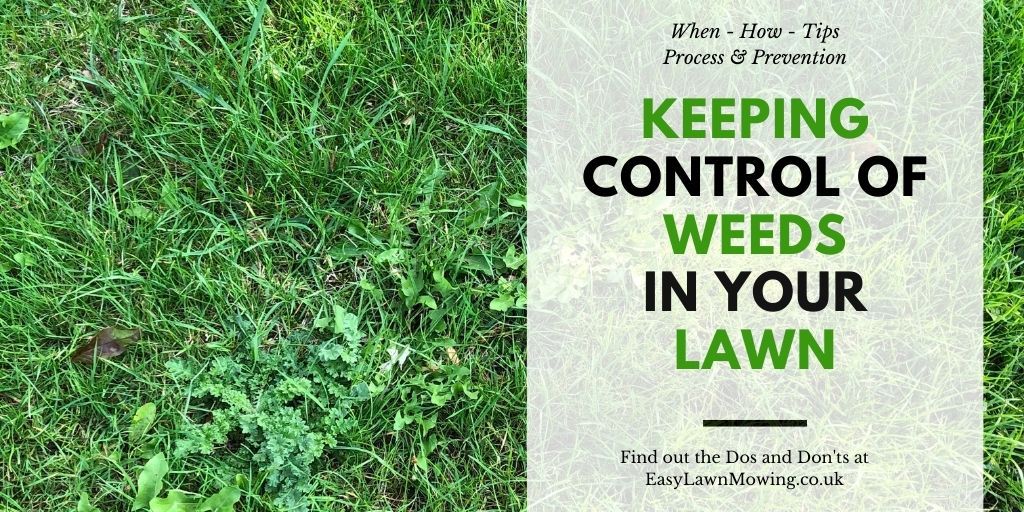








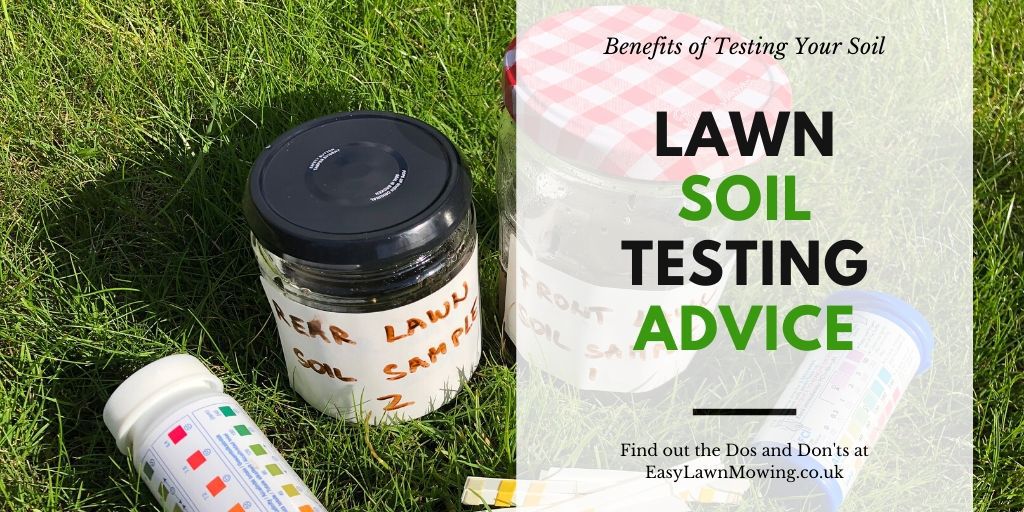
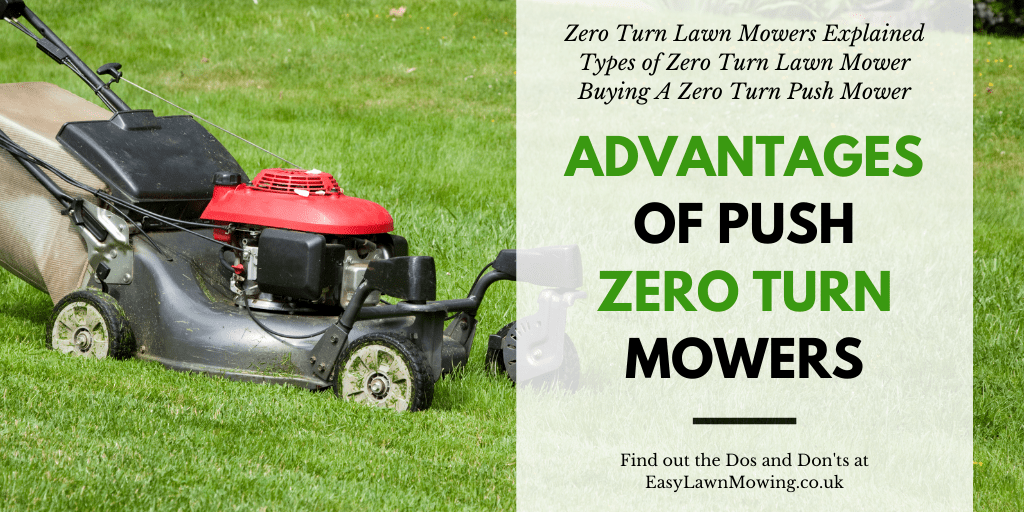
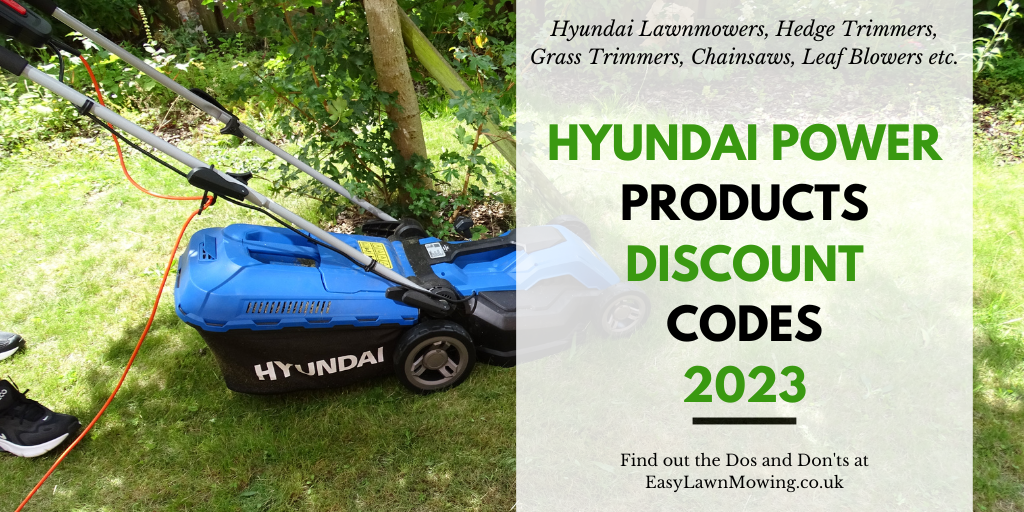

Well there’s definitely a lot of info in this post that’ll help me treat my lawn and get rid of those pesky weeds. My lawn is quite big and my grass varies in quality in patches. Some is thick and grows really quickly, some (which I prefer) is finer and takes longer to grow, which means of course less mowing. But yes, the main problem is the weeds. I get dandelions and nettles and a lot of clover (I’m in Ireland). I’m presuming that chemical weedkiller is the way to go for me, but I’d be worried at the cost. For now, I’m hoping that if I keep up with regular mowing I can cut down on the weed infestation :D
Yeah weedkillers are usually a last resort and and should only be used if the situation is quite severe. Just keep doing what you’re doing and keep your lawn in the best shape possible. It will take some time but eventually the number of weeds should gradually reduce.
But if the progress begins to slow down then you’re probably best applying a chemical weed killer – not a Weed & Feed, they’re not worth it!
Thanks for the comment and best of luck with those weeds ;-)
This article is very well done. It is full of useful information and easy to follow.
I thought that the video was exceptional and having links to other videos was well done as well.
You page is easy to follow and full of useful ideas.
Thank you for posting this.
No problem Frank, I’m glad you enjoyed it!
I’ve got any questions with weed treatment or any other aspects of lawn care then please ask me ;-)